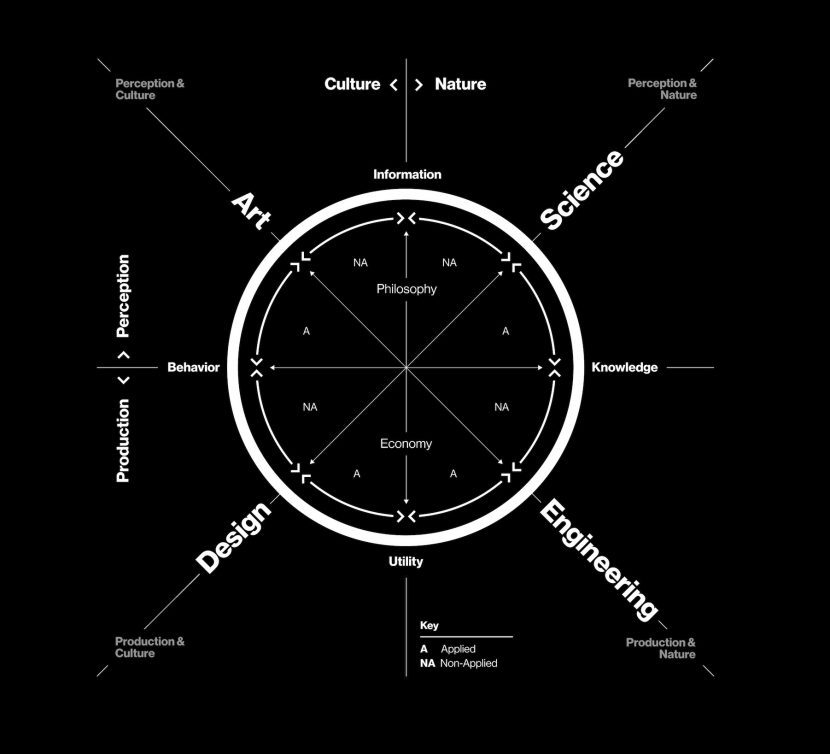It is time to shape a sustainable future. But do we all have the same idea of what sustainability means and what impact our decisions have?

“The greatest threat to our planet is the belief that someone else will save it.”
— Robert Swan, Author
Today, the word “sustainability” is widely applied to define the processes, measures and actions through which humanity avoids the exhaustion of natural resources to maintain an ecological balance that does not allow the quality of life of modern societies to decrease. Sustainability has these following three dimensions:
Social
Economic
Environmental
Taking these three pillars into account it becomes clear that all topics written about before in my blog entries are included in the topic of sustainability. So first of all I want to refine the working title of my research to Sustainable UX. So my Master’s thesis is intended to build on these three pillars of sustainability. The three dimensions as stated above should include popularising social diversity and equity, the 3 Rs (recycle, reuse, reduce), inclusive design, integrating environmental and social values, green consumerism …
“Interdisciplinary integrates separate disciplinary data, methods, tools, concepts, and theories in order to create a holistic view or common understanding of a complex issue, question, or problem.”
— Wenger, 1999
There is a parallel between design and interdisciplinarity. (design can be considered as a discipline and an industry.) Both are defining features of contemporary innovation practice. Interdisciplinarity is broadly defined as “the integration of knowledge across disciplines, both narrowly and broadly, and the exchange between disciplines and society.” (Frodeman, 2016)
At the same time, design connects multiple fields of knowledge and industries. Design permeates the complex realm of physical and digital products, blurring the boundaries of human interactions and experiences. Today’s design practice requires systems thinking and the collaboration of multiple disciplines to holistically solve complex human challenges. Thus innovation in the age of the circular economy requires comprehensive practice and an interdisciplinary process that brings together the systemic view of different disciplines – to define opportunities, design sustainable solutions with long-term impact and scale innovation. Circular innovation is about creating new value that balances the benefits for all stakeholders on the planet, rather than focusing on the needs of a single customer. By becoming more interdisciplinary, ecosystems for businesses and the environment can be created that become more circular and resilient.
Speculative design could be a possible approach, together with design thinking, to tie the complex problem of interdisciplinarity for Sustainable UX. It is one of the most exciting ways for designers to practice problem solving through design. With the help of design thinking and other methods, scopes can be expanded and transboundary systems and prototypes can be developed that stimulate discussion about alternative ways of living and allow the imagination to flow freely. Design speculation has the potential to become catalysts for redefining the way we relate to reality and cultures.

Sources:
https://medium.muz.li/green-ui-ux-trends-designing-with-sustainability-in-mind-cf553bab973e
https://fireart.studio/blog/mobile-app-design-trends-2020-comprehensive-collection/
https://www.indeed-innovation.com/de/the-mensch/warum-interdisziplinaritaet-fuer-innovationen-in-der-circular-economy-entscheidend-ist/
https://medium.com/demagsign/8-spectacular-speculative-designs-44fb129eb4e2